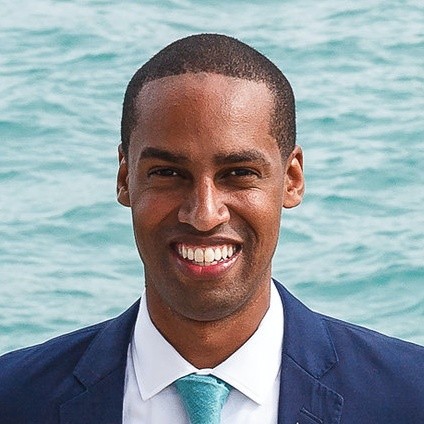Green, but Mostly White… The Lack of Diversity in the Environmental Movement – Part 2
The mainstream U.S. environmentalism movement and corporate responsibility sector are both really white. Like Portland, but without the strip clubs and boutique doughnuteries. When I picture the quintessential mainstream environmentalist it resembles a non-celebrity version of Robert Redford, like your friend’s chill uncle who cites All Things Considered and frequently enjoys Bluepoint oysters. It definitely doesn’t look black or Latino, nor does it look poor.
This is a bit of an issue, because the future face of America will look less like Doc Savage and more like a brown color palette, a tan mélange. The number of ethnic minorities is rapidly growing and will make up the majority of Americans in several decades. Support from a diverse range of classes and minorities will be critical in ensuring that we take action on important environmental issues, like climate change.
Conservatives often dismiss the environmental movement as serving the interest of the infamous “liberal elite.” Though this type of rabble-rousing primarily serves to further a specific agenda, there is a morsel of truth to it. The mainstream environmental movement is (albeit unintentionally) exclusive to middle, upper-middle class, white, liberals.
That isn’t to take away from the incredible, important work of these groups. Advocating for environmental protection is more important than it has ever been as we face dire global consequences from global climate change. It just seems that having groups comprised almost exclusively of wealthier people who are least affected by climate change dictating policies and advocacy campaigns to the poorer people who are most affected by the issue is a bit…Kiplingesque (in the “White Man’s Burden” sense, not in the child-rearing anthropomorphic animal sense).
A recent study from the University of Minnesota showed that though minorities emit less carbon than whites, they breathe 38% more nitrogen dioxide than their white counterparts. The vivid images of a crowded Superdome post-Katrina serve as a reminder of exactly who is most affected by extreme weather events. Because they are most affected by climate change, it is these groups that most strongly believe in anthropogenic global warming according to a Pew Research Center study, and would therefore be the strongest allies in a move to enact changes in federal policy. Yet, they are absent from the broader conversation outside of the environmental justice community.
I came to understand this problem firsthand at a sustainability conference a few months ago, as my colleague Danna mentioned above. Big brand executives and NGO leaders convened to discuss sustainability issues and a lot of key insights were shared, but everyone looked, and mostly thought, the same. Of the almost 70 panelists and speakers only three (<4%) were minorities, and of those minorities all were Asian. There were literally no black or Latino voices to be heard.
At networking events, I was one of a small handful of blacks or Latinos at a conference attended by hundreds. Like a Stormtrooper at a Star Trek convention, I stood out. This wasn’t a problem for me personally because I’m used to it (I went to private school, I’ve been to a Coldplay concert, etc.) and it helped me in my post-conference follow-up (“It was great to meet you. You might remember me, I was the black guy.”), but it was slightly disconcerting that no one noticed, or at least mentioned, the missing voices in the room.
To be clear, I’m not encouraging inclusion for the sake of inclusion. However, I am suggesting that because of their investment in environmental policy, and their unique role as messengers that can reach out to important communities most affected by the issues on the front lines, black and Latino leaders should be actively recruited into the mainstream environmental movement. Bottomline: There is strength in diversity.
This article was originally posted on Justmeans.
Future 500 is a non-profit consultancy that builds trust between companies, advocates, investors, and philanthropists to advance business as a force for good. Based in San Francisco, we specialize in stakeholder engagement, sustainability strategy, and responsible communication. From stakeholder mapping to materiality assessments, partnership development to activist engagement, target setting to CSR reporting strategy, we empower our partners with the skills and relationships needed to systemically tackle today's most pressing environmental, social, and governance (ESG) challenges.
Want to learn more? Reach out any time.
Marvin Smith is a former Future 500 team member. He currently works for the Sustainability Accounting Standards Board (SASB). Connect with him on LinkedIn.
More from our blog:













